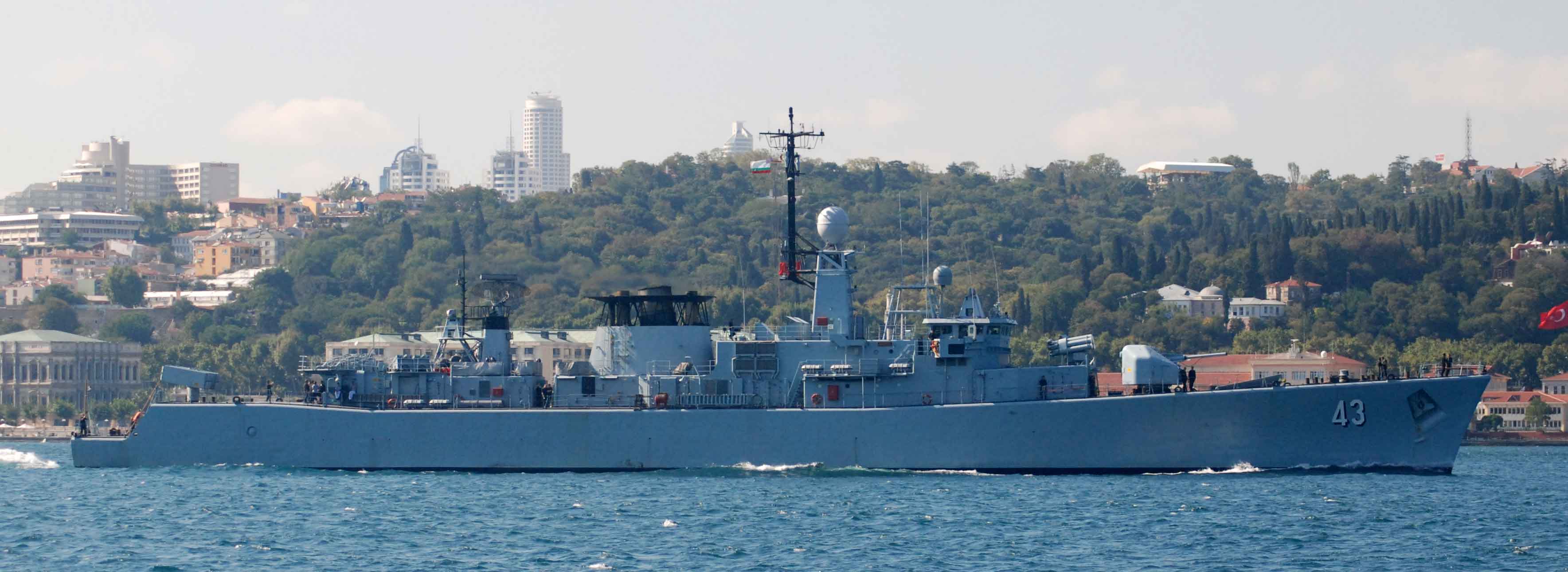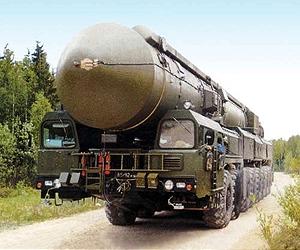Photo marianne2.fr/blogsecretdefense
9 Jun 2011 By PIERRE TRAN DefrenseNews
PARIS - Rolls-Royce could modify one of its turboprop engines and work with Safran's Turbomeca if the British company were to supply propulsion for a medium-altitude, long-endurance (MALE) drone pitched by BAE Systems and Dassault, said Francis Kearney, Rolls' defense director for Europe.
Depending on the power requirement, Rolls would probably pick a power plant from its current product range, such as the RTM22 helicopter engine, and adapt it for the Telemos MALE aerial vehicle proposed by BAE and Dassault as a joint project to Britain and France, Kearney said June 9 on the sidelines of a news conference ahead of the Paris Air Show.
Rolls would likely work with its longstanding industrial partner Turbomeca, part of the Safran aerospace engine and equipment group, Kearney said.
Rolls would supply an "integrated propulsion system" in a pod assembly to the airframe makers, similar to the concept used on BAE's Mantis UAV technology demonstrator.
Rolls supplied its model 250 engine for the Mantis, from concept to first delivery, or "from flash to bang," in 18 months, Kearney said. The model 250 looked underpowered for the needs of the Telemos UAV but the industrial concept would be similar, he said.
BAE and Dassault Aviation on June 8 outlined a joint offer of an eight-ton MALE UAV dubbed Telemos, which is to be able to stay aloft 24 hours and carry smart bombs, deliverable in five years to the British and French forces. Besides a joint offer from Rolls and Safran, the engine options included a Canadian supplier, Dassault said.
On Rolls' offer of an engine upgrade for the French Air Force's fleet of C-130 Hercules transport, Kearney said, "Yes, there is interest."
Two years ago, before the previous Paris Air Show, Rolls presented the T56 3.5 engine package, offering an 8 percent improvement in fuel burn. Since then, there has been development and standardization of the package. Kearney said he hoped for a French response in the next 12 months.
The Anglo-French defense treaty offered business possibilities including the supply of Trent 700 engines for the A330 Multi-Role Tanker Transport (MRTT) fleet, the Adour engines on the Hawk fast jet trainer as an eventual replacement of the Alphajet trainer and common Anglo-Franco support for the TP400 engines on the A400M airlifter, which could be extended to the other launch European customers.
An Anglo-French commonality of equipment offered economies of scale, Kearney said.
France has delayed the purchase of a 14-strong MRTT fleet as part of a 3.5 billion euro, three-year budget cut.
In the global market, Rolls hopes a win of the Eurofighter Typhoon in the Indian medium multirole combat aircraft competition will generate sales of the EJ200 engine.
Japan is seen as a strategic country target, as the government mulls the Eurofighter and operates EH101 helicopter, which performed rescue missions after the recent tsunami.
Rolls supplies the RTM22 engine for the EH101.
Another potential Asian customer for the EJ200 is South Korea, with its KF-X fighter project, and engine upgrade for the Korean Navy's Lynx helicopter.
Despite the slowdown in Western defense spending, Rolls sees the global market for military aero engines and services worth $450 billion over the next 20 years.










.jpg/800px-HMS_Vanguard_(SSBN-50).jpg)















